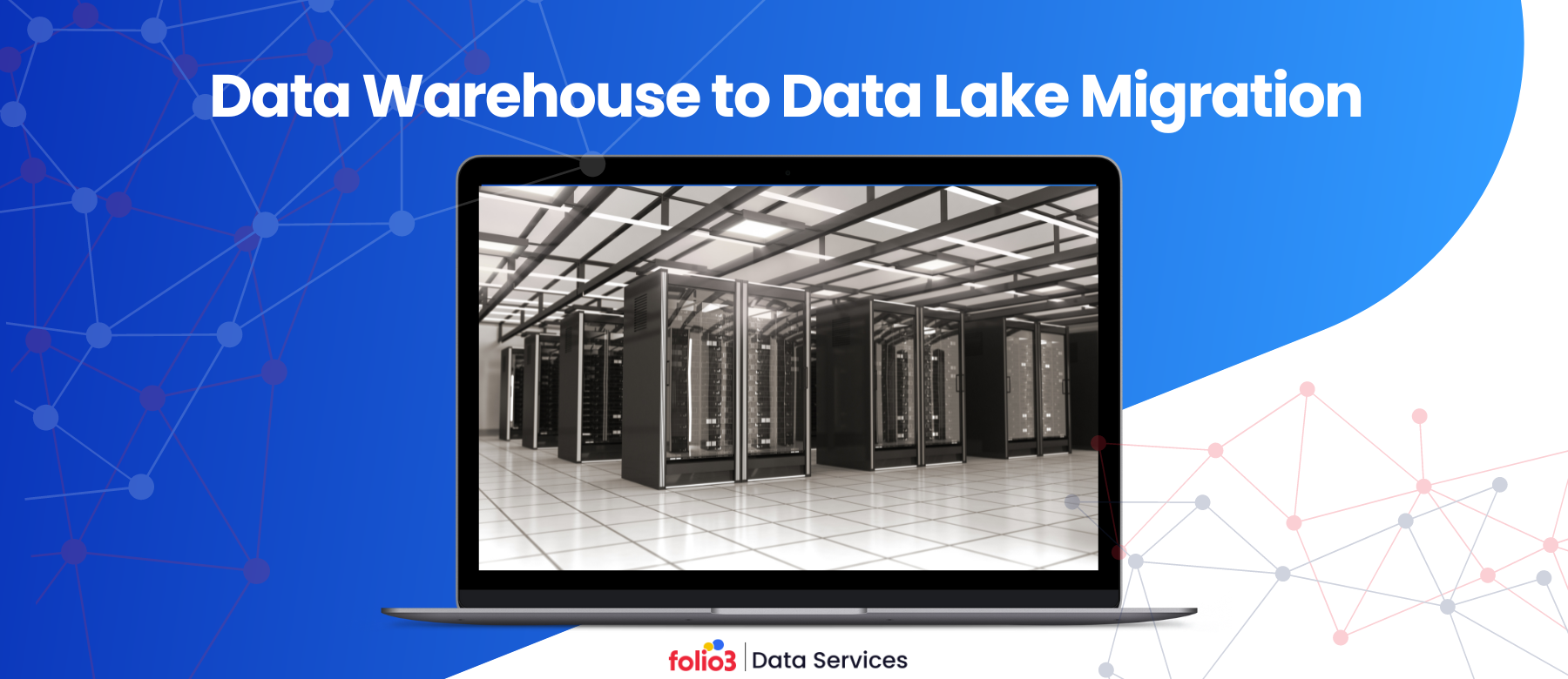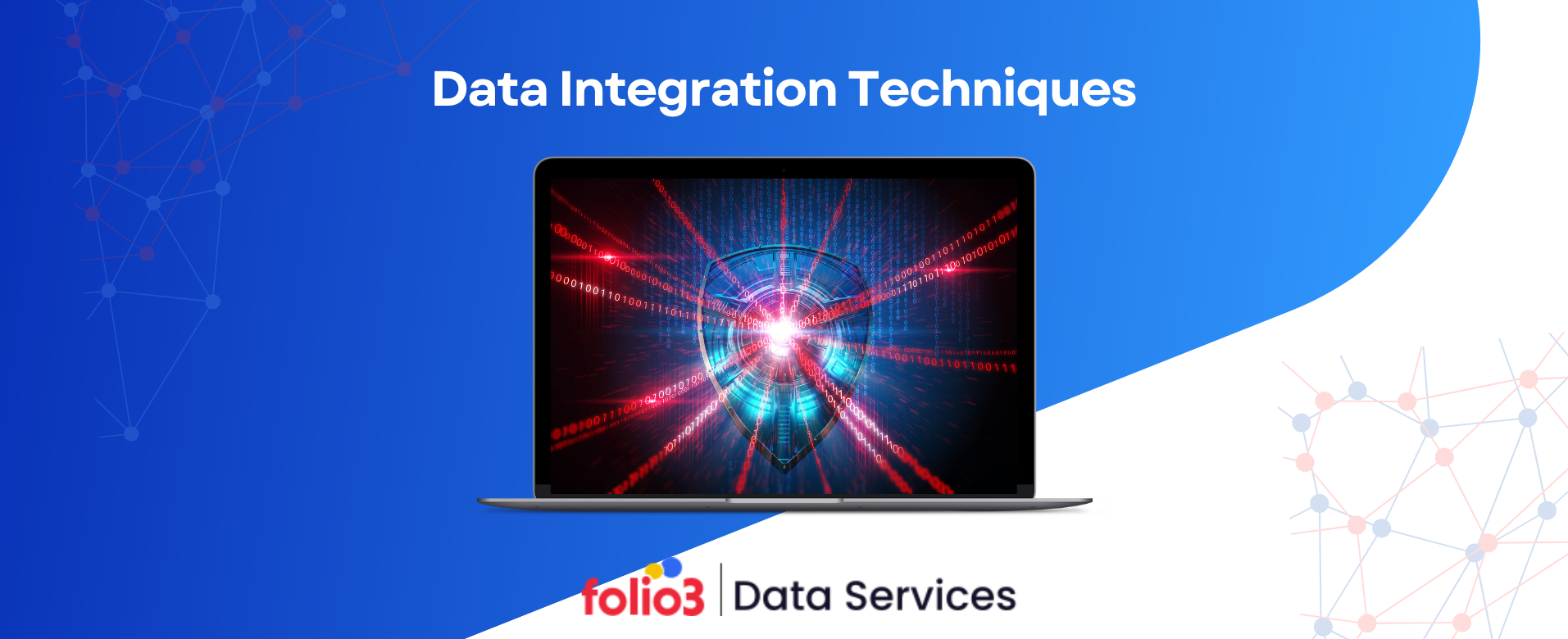A well-conceived data warehouse strategy is the bedrock of a data-driven organization. It’s more than just a technical blueprint; it’s a strategic roadmap that guides an enterprise toward informed decision-making, operational efficiency, and competitive advantage.
Unfortunately, many organizations rush into selecting a data warehouse solution without establishing a comprehensive strategy, risking suboptimal outcomes and significant investments.
The data warehousing market has experienced substantial growth, expanding from $13 billion in 2018 to a projected $30 billion by 2025 at a CAGR of 12%. This surge underscores the increasing recognition of data warehouses as critical business assets.
However, challenges such as data rigidity, high costs, and security threats persist.
This guide will delve into the critical elements of a successful data warehouse strategy, emphasizing the importance of a tailored approach over generic, template-driven solutions.
- Why is Data Warehouse Strategy important?
- Key Areas of a Data Warehouse Strategy
- 6 Effective Data Warehouse Best Practices
- Cloud Data Warehouse or an On-Site Data Warehouse
- What Are the Key Components of a Data Warehouse Strategy?
What is a Data Warehouse?
A data warehouse is a consolidated storage location for structured data gathered from various systems. It’s designed specifically for analysis and reporting rather than handling day-to-day operations. Think of it as a vast, organized library of information businesses can mine for insights.
Unlike operational databases focusing on real-time transactions, data warehouses store historical data, allowing organizations to analyze trends, patterns, and performance over time. This historical perspective is invaluable for making informed business decisions.
Unlike operational databases focused on real-time transactions, data warehouses prioritize data analysis and reporting. They enable organizations to:
- Uncover trends and patterns
- Make data-driven decisions
- Improve operational efficiency
- Gain a competitive advantage
Why is Data Warehouse Strategy important?
A well-defined data warehouse design strategy is essential for businesses using their data for competitive advantage. It’s more than just a technical implementation; it’s a strategic roadmap that aligns data initiatives with overall business objectives.
Data strategy consulting plays a pivotal role in helping organizations establish a solid framework for managing and leveraging data, enabling them to gain a competitive edge, drive innovation, and achieve their business objectives more effectively. The rise of the Internet of Things (IoT) has triggered an explosion in the global volume of data in recent years.
This has spurred a radical shift in how we store and process data, with consumers expecting real-time access across devices. The technological process of preserving and archiving digital data for usage on a computer is known as data storage.
Over the past decade, the storage sector has been marked by the rise of cloud computing. Global spending on cloud infrastructure was estimated at 178 billion U.S. dollars in 2021, up from around 130 billion the previous year.
This far outstripped spending on traditional data center hardware and software, which was estimated at around 98 billion U.S. dollars for the same period.
Key Areas of a Data Warehouse Strategy
A comprehensive data warehouse strategy encompasses several critical areas to ensure its success, including the importance of data analytics strategy in guiding data-driven decisions and aligning data initiatives with business objectives.
Let’s explore these key components in detail:
1. Data Identification and Acquisition
- Data Sources: Identifying all relevant data sources, both internal and external, often requires the specialized skills provided by data engineering consultant.
- Data Profiling: Understanding the structure, quality, and consistency of data.
- Data Extraction: Implementing efficient methods to extract data from various sources.
2. Data Integration and Transformation
- Data Cleansing: Removing inconsistencies, errors, and duplicates from data.
- Data Standardization: Ensuring data adheres to consistent formats and definitions.
- Data Transformation: Converting data into a suitable format for analysis.
- Data Loading: Populating the data warehouse with transformed data.
3. Data Modeling and Design
- Dimensional Modeling: Creating a snowflake schema to optimize query performance. Engaging a snowflake consultant can further enhance the design and implementation process, ensuring optimal performance tailored to your specific needs.
- Data Warehouse Schema: Designing the overall structure of the data warehouse.
- Metadata Management: Documenting data definitions, relationships, and usage.
4. Data Storage and Management
- Data Warehouse Platform: Selecting a suitable platform (cloud or on-premises). Implementing data protection strategies is also crucial in this area to safeguard sensitive data and ensure compliance with security regulations.
- Storage Optimization: Implementing strategies to store and manage data efficiently.
- Data Backup and Recovery: Establishing robust backup and recovery procedures.
5. Data Quality and Governance
- Data Quality Assessment: Implementing processes to measure data accuracy, completeness, and consistency.
- Data Governance Framework: Defining roles, responsibilities, and policies for data management.
- Data Security: Protecting sensitive data from unauthorized access.
6. Data Analysis and Reporting
- Business Requirements: Identifying the specific information needs of end-users.
- Report Development: Creating reports and dashboards to visualize data.
- Data Mining and Analytics: Utilizing advanced techniques to extract insights.
7. Data Warehouse Performance and Optimization
- Query Optimization: Improving query performance through indexing, partitioning, and caching.
- Monitoring and Tuning: Continuously monitor system performance and make adjustments.
- Capacity Planning: Ensuring the data warehouse can handle future growth.
8. User Training and Adoption
- User Education: Providing training on data warehouse capabilities and tools.
- Change Management: Managing the transition to a data-driven culture.
- User Support: Offering ongoing support to users.
6 Effective Data Warehouse Best Practices
A successful data warehouse design best practices involves careful planning and execution. Here are essential steps to guide you through the process:
1. Involve Stakeholders Early and Often
Engaging stakeholders from various departments is crucial for aligning the data warehouse with business objectives. Their input helps identify critical data requirements, performance metrics, and reporting needs.
Early involvement fosters ownership and ensures the final product meets the organization’s expectations.
2. Incorporate Data Governance
Data governance provides a framework for managing data quality, security, and accessibility. Establishing clear data ownership, standards, and quality metrics is essential for maintaining data integrity and trust.
3. Define User Roles
Identify different user groups within the organization and define their access levels and data needs. This helps tailor the data warehouse to specific user requirements, ensuring the correct information is available to the right people.
4. Understand Data Warehouse Schema Design
A well-structured schema is fundamental to efficient data retrieval and analysis. Consider factors like data granularity, dimensional modeling, and normalization when designing the data warehouse schema.
A carefully designed schema improves query performance and facilitates data exploration.
5. Iterate and Test – Then Do It Again
Building a data warehouse is an iterative process. Start with a pilot project to test your assumptions and refine your approach. Continuously monitor performance, gather user feedback, and make necessary adjustments. Developing a clear data migration strategy is essential to facilitate smooth data transitions and integration into your data warehouse.
Agile development methodologies can be beneficial in this phase.
6. Take Advantage of ELT and Cloud Data Warehouses
Extract, Load, Transform (ELT) pipelines offer flexibility and scalability compared to traditional ETL processes. Cloud-based data warehouses provide cost-effectiveness, elasticity, and advanced analytics capabilities.
You can build a modern and efficient data warehouse by leveraging these technologies.
Cloud Data Warehouse or an On-Site Data Warehouse
Any organization looking to harness the power of its data must make a critical decision between a cloud data warehouse, an on-site data warehouse, or even consider data warehouse to data lake migration as part of their strategy.
Both options offer distinct advantages and drawbacks, and the optimal choice depends on specific business requirements, budget, and technical expertise.
The primary difference between a cloud data warehouse and an on-site data warehouse lies in the location and management of the data infrastructure:
Cloud Data Warehouse
- Location: Hosted on a cloud provider’s servers (e.g., Amazon Web Services, Google Cloud Platform, Microsoft Azure).
- Management: The cloud provider handles the infrastructure, hardware, software, and maintenance.
- Key Benefits: Scalability, cost-efficiency, rapid deployment, managed services, global accessibility.
- Drawbacks: Potential for vendor lock-in, data security concerns for sensitive information.
On-Site Data Warehouse
- Location: Physically located within an organization’s premises.
- Management: The organization is responsible for hardware, software, and maintenance.
- Key Benefits: Complete control over data, potentially higher performance for specific workloads, and robust data governance.
- Drawbacks: High upfront costs, ongoing maintenance overhead, limited scalability.
Benefits of On-Site Data Warehouse
- Complete Control: Organizations retain full ownership and control over hardware, software, and data. This level of control is essential for industries with stringent data governance and compliance requirements.
- Performance: On-site data warehouses can offer superior performance for specific workloads, especially those with low latency requirements. Direct access to hardware can optimize data processing and query execution.
- Security: Organizations can implement robust security measures tailored to their specific needs. Sensitive data remains within the organization’s physical infrastructure, potentially reducing security risks.
Benefits of Cloud Data Warehouse
- Scalability: Cloud data warehouses can rapidly scale up or down to accommodate fluctuating workloads. This flexibility is crucial for organizations experiencing rapid growth or seasonal variations in data volume.
- Cost-Efficiency: Cloud-based solutions typically have lower upfront costs and offer pay-as-you-go pricing models. Organizations only pay for the resources they consume, reducing overall IT expenses.
- Speed of Deployment: Cloud data warehouses can be deployed faster than on-site solutions, accelerating time-to-market for data-driven initiatives.
- Managed Services: Cloud providers handle infrastructure management, updates, and security, freeing internal IT resources to focus on higher-value activities.
- Global Accessibility: Cloud data warehouses can be accessed from anywhere with an internet connection, enabling remote collaboration and data analysis.
Key Considerations
- Data Volume and Velocity: Cloud data warehouses often offer better scalability and performance for organizations handling massive volumes of data or requiring real-time analytics.
- Data Sensitivity and Compliance: Industries with strict data regulations and compliance requirements may prefer on-site data warehouses to maintain control over data security and privacy.
- IT Expertise: On-site data warehouses require specialized IT skills for management and maintenance, while cloud-based solutions often rely on the cloud provider’s expertise.
- Budget: When comparing on-site and cloud options, consider the total cost of ownership, including hardware, software, personnel, and ongoing maintenance.
Beyond the Basics
While the provided information offers a solid foundation, a comprehensive comparison should also include:
- Data Integration and ETL: Evaluate the ease of integrating data sources and performing transformations in both environments.
- Analytics Capabilities: Compare the built-in analytics tools and capabilities each option offers.
- Disaster Recovery and Business Continuity: Assess the disaster recovery plans and business continuity measures provided by on-site and cloud data warehouses.
- Vendor Lock-In: Consider the potential risks of vendor lock-in associated with cloud data warehouses.
When to Choose Which?
- Cloud Data Warehouse is ideal for organizations prioritizing scalability, cost efficiency, and rapid deployment. It is suitable for handling large volumes of data and complex analytics.
- On-site data Warehouse: On-site data warehouses are best suited for organizations with stringent data governance and compliance requirements or those needing the highest level of performance and control over their data infrastructure.
However, choosing a cloud or on-site data warehouse should be based on thoroughly evaluating an organization’s needs and constraints.
By carefully weighing the pros and cons of each option, businesses can select the solution that best supports their data strategy and business objectives.
Frequently Asked Questions
How Does a Data Warehouse Improve Decision-Making?
A data warehouse consolidates data from various sources into one location, providing a comprehensive business view. This enables stakeholders to analyze historical data and identify trends and make informed, data-driven decisions.
What Are the Key Components of a Data Warehouse Strategy?
Key components include data identification and acquisition, integration and transformation, modeling and design, storage and management, quality and governance, analysis and reporting, performance optimization, and user training and adoption. Each ensures efficient data handling and utilization, building a robust data infrastructure.
What is Reporting in Data Warehouse?
Reporting in a data warehouse involves extracting, organizing, and presenting consolidated data to generate insights and support decision-making. By querying the unified data, reporting tools create meaningful reports, dashboards, and visualizations, enabling businesses to track performance, identify trends, and make informed decisions efficiently.
Should We Choose a Cloud or On-Site Data Warehouse?
A cloud data warehouse is scalable, cost-efficient, and quick to deploy, ideal for organizations prioritizing flexibility and managed services. An on-site data warehouse offers complete control and high performance but requires higher upfront costs and ongoing maintenance. Choose based on your organization’s specific needs, budget, and technical capabilities.
Conclusion
A well-executed data warehouse design strategy transforms raw data into actionable insights. By carefully considering factors such as data acquisition, integration, modeling, and governance, organizations can build a robust data foundation to support informed decision-making.
Choosing between a cloud or on-site data warehouse depends on specific business requirements, budget, and technical capabilities. Regardless of the chosen path, a clear strategy is essential for maximizing the value of your data and achieving your business objectives.
To accelerate your data warehouse journey, consider partnering with Folio3 Data Services. Their cloud and data services offer comprehensive solutions to help you build, manage, and optimize your data infrastructure. With Folio3’s expertise, unlock the full potential of your data and drive business growth.





